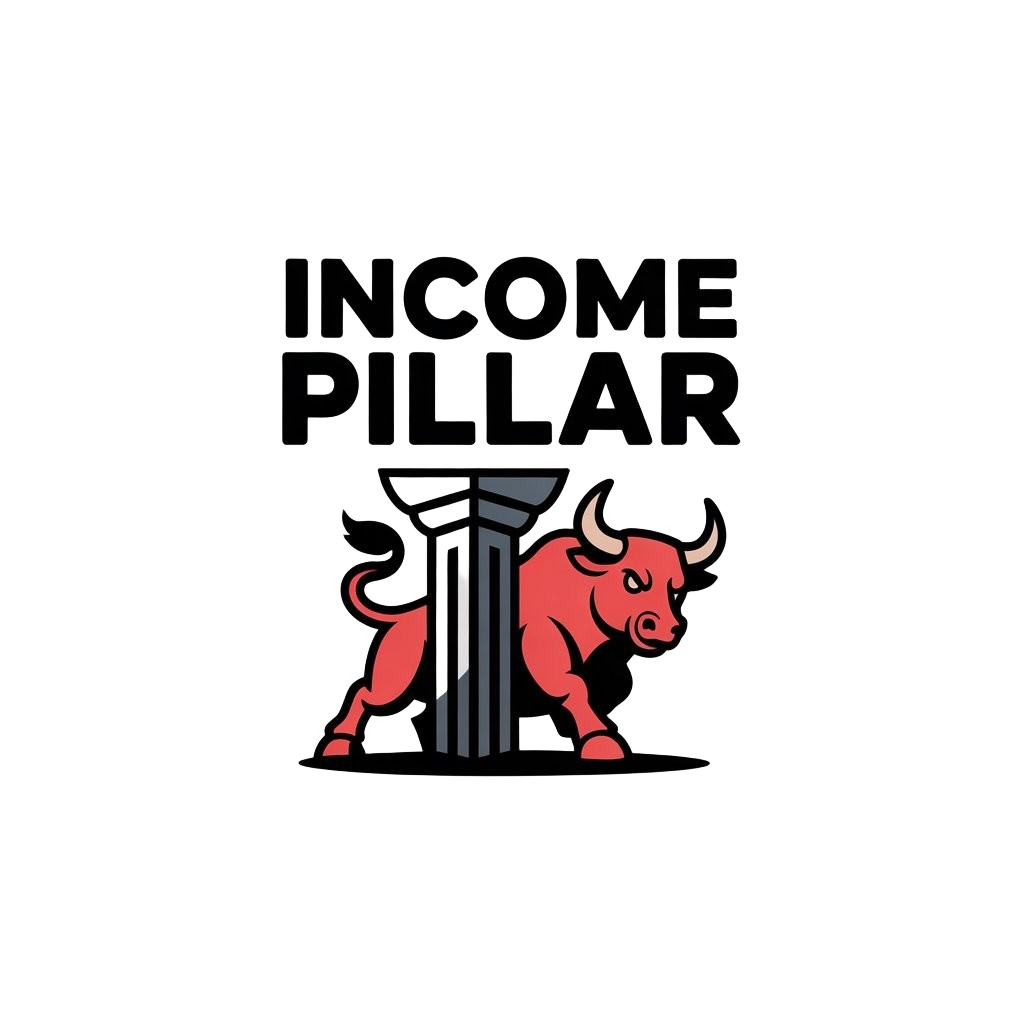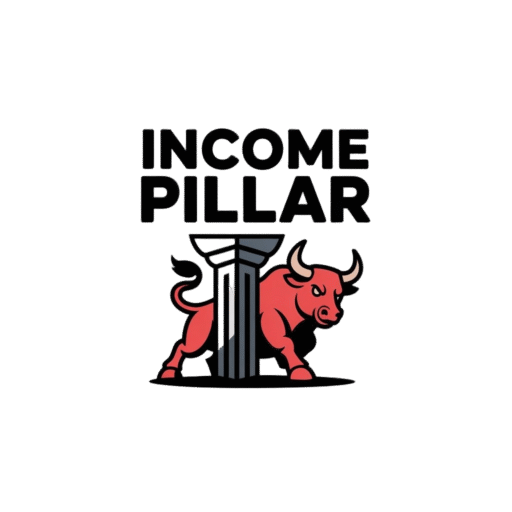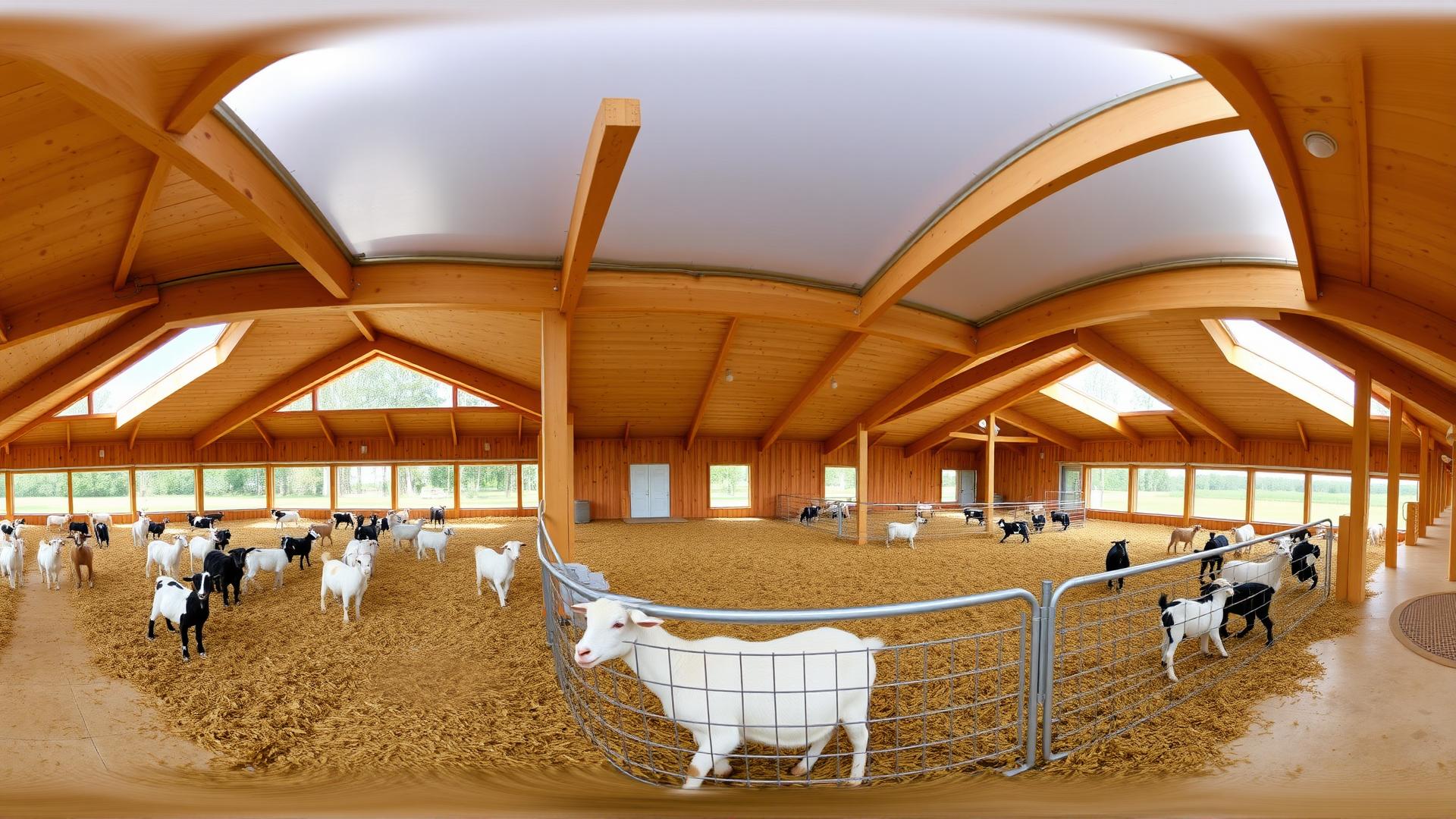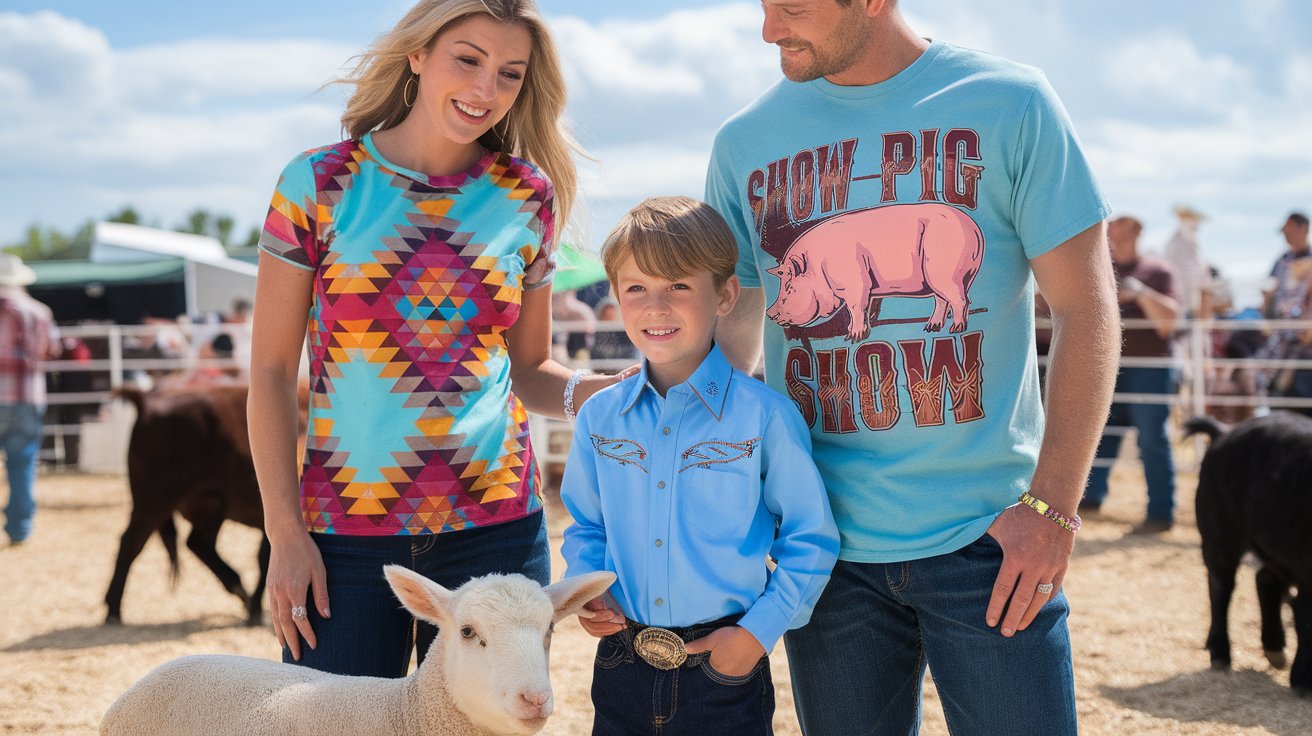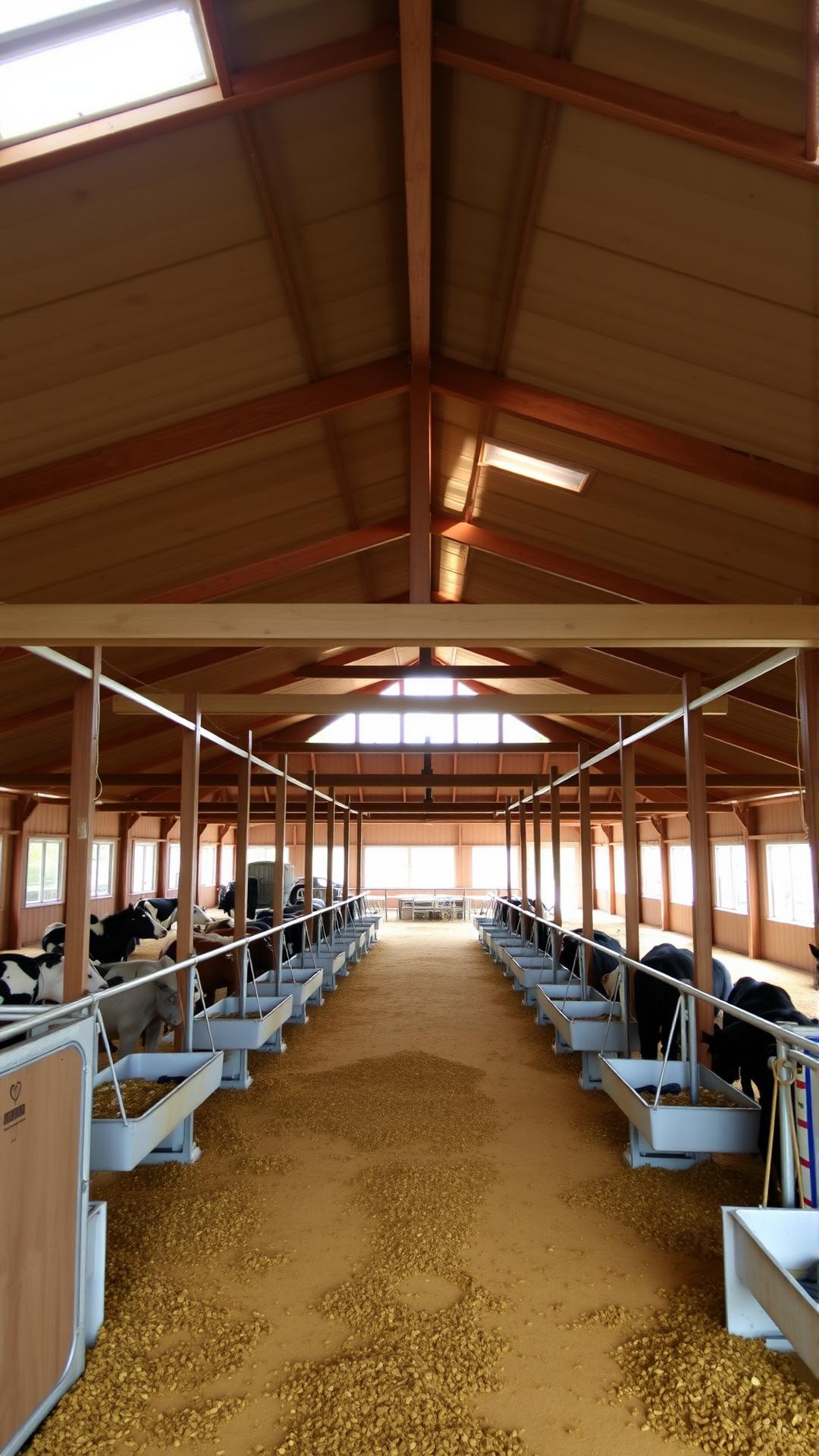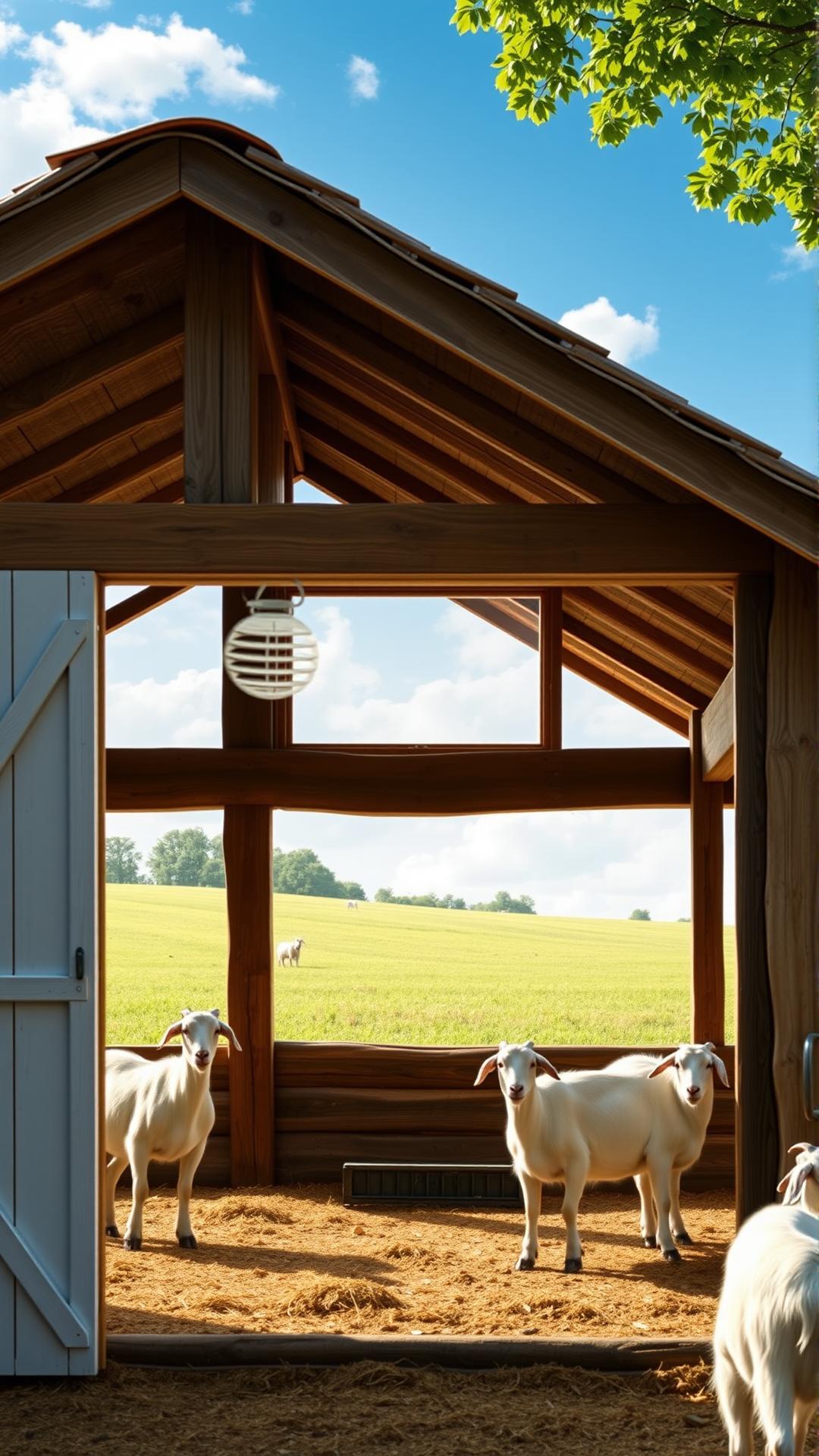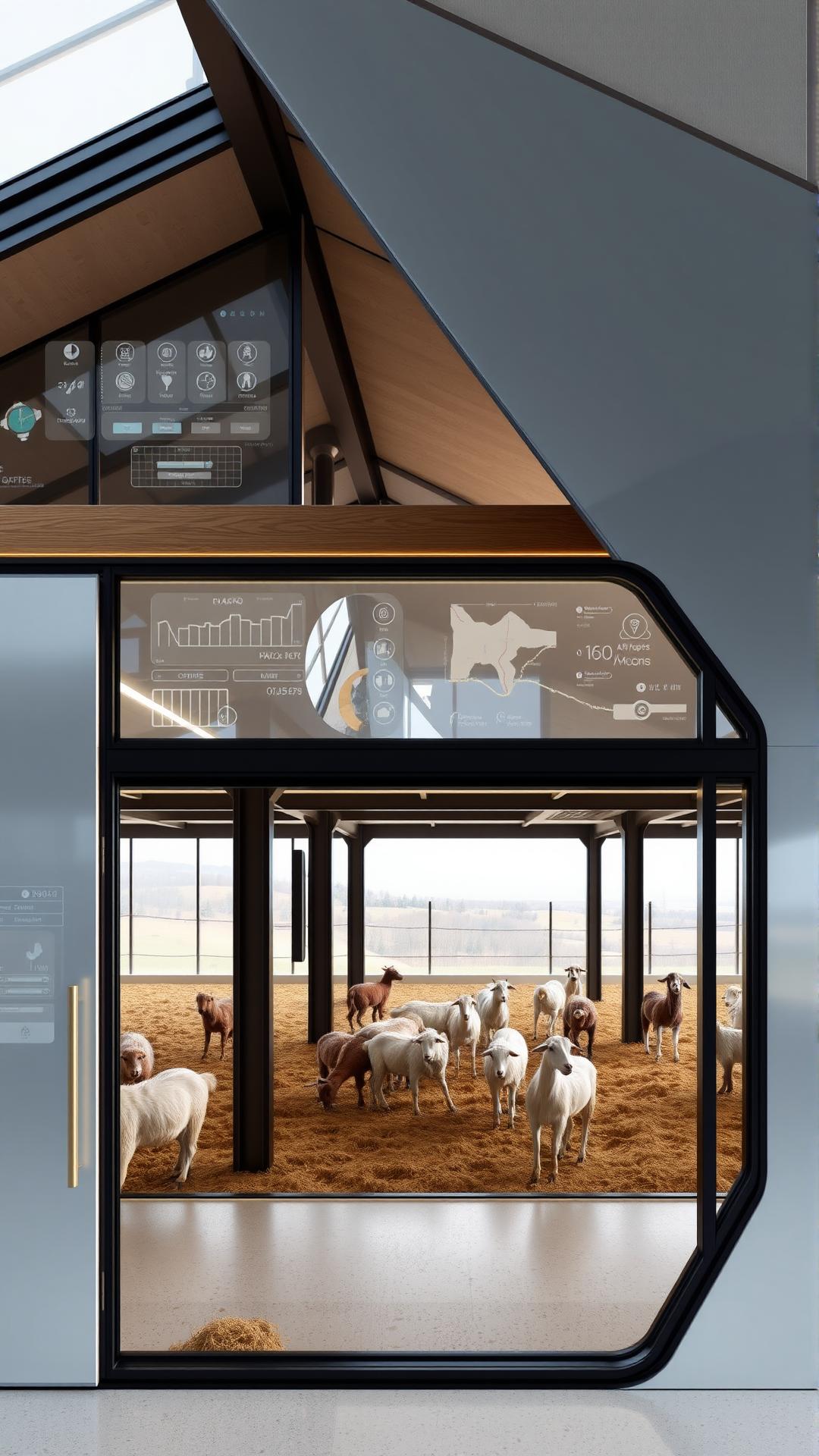Introduction
Setting up a goat barn is not merely about providing shelter; it reflects an investment in the health and productivity of your goat livestock. As goat farming continues to grow in popularity, modern barns must accommodate the unique needs and behaviors of these animals. From selecting the right materials that encourage airflow to designing separate spaces that cater to kidding, every detail plays a vital role in successful goat husbandry. Understanding the essential components of a goat barn ensures a secure, comfortable, and efficient environment conducive to raising goats for milk, meat, and fiber.
The design and construction of the barn must also consider future expansions as the herd grows. A well-thought-out layout can enhance management practices and lead to improved animal welfare standards. This article delves into the important aspects of goat barn construction, focusing on modern practices that adhere to animal husbandry principles while also considering the environmental impact. From space requirements to ventilation strategies, exploring these considerations will help aspiring goat farmers build a barn that supports productive and healthy goat farming.
Understanding Goat Needs Behavioral and Health Considerations in Goat Barn Design
To create a successful goat barn, one must begin by thoroughly understanding the fundamental needs of goats, which encompass behavioral and health requirements. Goats are inherently social animals, exhibiting a strong need for companionship among their herd. This social structure not only influences their behavior but also plays a critical role in how a barn should be designed. A barn that accommodates these social dynamics can significantly contribute to the well-being of the animals and the overall success of the farming operation.
From a behavioral perspective, goats are naturally curious and enjoy exploring their environment. This characteristic necessitates an open structure that allows for movement and interaction. The barn layout should incorporate spacious areas where goats can roam freely, as well as designated spots for play and mental stimulation. Enrichment features, such as climbing structures or varied flooring, can mimic their natural habitats and provide opportunities for exercise, which is vital for their physical and mental health.
Health requirements are equally important when designing a goat barn. Proper ventilation is crucial to prevent respiratory issues, as goats are sensitive to excessive humidity and ammonia buildup. A well-designed barn should harness natural airflow, ensuring fresh air circulation while protecting the animals from harsh weather conditions. Also, good sanitation practices must be integrated into the design to maintain a clean environment, which ultimately helps to prevent the spread of disease.
Ensuring that the barn design accommodates the herd’s daily routines – feeding, resting, and milking – is essential. Accessibility to food and water, coupled with comfortable resting areas, aids in maintaining the health and productivity of the goats. By carefully considering these fundamental needs, farmers can create a barn that not only supports animal welfare but also enhances the overall success of their goat farming endeavors.
Barn Layout and Design Optimal Spaces for Goat Farming Success
Designing a Functional Goat Barn Layout
A well-planned barn layout is pivotal in ensuring that goat farming operations run smoothly while promoting animal welfare. Goats are social animals that thrive in groups, thus their living space must facilitate easy movement, feeding, and milking processes. An effective layout reduces stress on the animals, enhancing overall health and productivity. When designing a goat barn, it is important to focus on several key elements.
First, the interior configuration should allow for distinct areas dedicated to feeding, resting, and milking. Separate feeding areas should ideally include feeding troughs that enable multiple goats to eat simultaneously, minimizing competition and decreasing feeding-related aggression. This space should be located away from resting areas to ensure goats can relax without interruption.
Resting spaces must be spacious enough to accommodate lying down and social interactions, fostering natural behaviors. Utilize soft bedding materials such as straw or rubber mats to promote comfort. It’s essential to position these areas to take advantage of natural light and ventilation, which will be further explored in the next chapter. Milking areas should be designed with easy access for both goats and milking equipment, allowing for seamless transitions during milking sessions.
Flexibility is also essential in modern barn design. Space management should plan for future growth and changes in herd size. Movable partitions or modular designs can adapt as needed, allowing the barn to remain functional and efficient responsively.
Animal Welfare and Space Management Relationships
The relationship between space management and animal welfare cannot be overstated. Cramped quarters can lead to increased stress, aggression, and even health problems among goats. Guidelines suggested by animal welfare organizations indicate that each goat should have a minimum amount of space to maintain comfort and social dynamics.
A thoughtfully designed goat barn not only supports operational efficiency but also respects the natural behaviors and social structures of goats. Effective layouts promote healthy living environments, fostering a productive atmosphere for both goats and farmers alike, while paving the way for sustainable farming success.
Ventilation and Air Quality Essential Considerations for a Modern Goat Barn
Proper ventilation and air quality are fundamental components in designing a modern goat barn. Goats, being sensitive animals, require a well-ventilated environment to thrive. Poor air quality can lead to respiratory problems, heat stress, and an increase in disease susceptibility, ultimately affecting the overall health and production levels of the herd. Therefore, understanding the importance of ventilation is key to fostering a sustainable and healthy space for goat farming.
Impact of Air Quality on Goat Health and Production
The significance of air quality in a goat barn cannot be overstated. Goats produce ammonia through urine and feces, which can accumulate in enclosed spaces and lead to respiratory issues if not properly ventilated. A barn with inadequate ventilation can also trap heat and humidity, resulting in an uncomfortable environment that hinders goat well-being. Poor air circulation can compromise feed efficiency, lowering milk production and disallowing the animals to reach their growth potential. Consequently, maintaining optimal air quality is directly linked to enhancing production levels, ensuring goats remain healthy and productive.
Strategies for Achieving Effective Ventilation
Implementing effective ventilation strategies is critical for managing air quality in a goat barn. Here are several key approaches:
- Cross-Ventilation: Design the barn to allow for cross-ventilation, where air enters from one side and exits through openings on the opposite side. This flow not only reduces heat but also disperses harmful gases.
- Natural Ventilation: Utilize natural elements such as windows and roof vents to promote fresh air circulation. Adjustable openings can help control airflow during different weather conditions.
- Mechanical Systems: In situations where natural ventilation is insufficient, installing fans or air circulation systems can help. Exhaust fans can be particularly useful in warmer climates, expelling stale air and bringing in cooler air.
- Humidity Control: Monitoring and managing humidity levels through the use of dehumidifiers or desiccants can profoundly impact goat comfort and health.
- Regular Maintenance: Routine checks and maintenance of the ventilation systems are necessary to ensure they function effectively, preventing potential buildups of harmful gases.
Flooring Options and Management Essential Considerations for a Modern Goat Barn
Selecting the right flooring for a goat barn is fundamental in enhancing both hygiene and comfort for the animals. The welfare of goats can be significantly impacted by the type of flooring chosen, making it an essential consideration when designing a sustainable space. Each flooring option presents its own advantages and challenges, especially in the context of maintainability and animal care.
Evaluating Common Flooring Types
Several common flooring types can be effectively utilized in goat barns: dirt, concrete, rubber mats, and wood. Each material’s characteristics can influence not only hygiene but also the comfort levels of the goats.
- Dirt floors: These are often the most economical choice. While they provide natural drainage and a comfortable surface for goats to walk on, dirt floors require consistent management to maintain hygiene. Regular composting, bedding rotation, and sanitation are necessary to prevent the buildup of harmful pathogens.
- Concrete floors: Known for their durability and ease of cleaning, concrete is a popular choice among goat farmers. However, concrete can be hard on the animals’ joints. To offset this issue, rubber mats can be placed over the concrete to provide additional cushioning. Maintenance is straightforward—regular washing helps ensure hygiene, but watch for any cracking or surface wear.
- Rubber mats: These mats are increasingly popular due to their cushioning properties and slip-resistant surfaces. They are easy to clean and help in maintaining a hygienic environment. However, they can be more costly upfront and may require replacement over time if they become worn or damaged.
- Wood floors: While aesthetically pleasing, wood can be challenging from a hygiene standpoint. The wood can absorb moisture and develop mold if not properly maintained. Regular treatment and sealing can enhance durability, but wood typically requires more intensive upkeep than other flooring types.
Maintenance Considerations
Whichever flooring type is chosen, proactive maintenance is critical to ensure a healthy environment. Regular inspections to identify wear and damage, combined with consistent cleaning routines, will promote a sanitary setting. For instance, implementing a washing schedule for concrete and rubber floors can significantly reduce the buildup of waste and harmful bacteria.
In addition to hygiene, goat comfort should remain a priority in managing flooring. The choice of flooring can affect the goats’ hoof health, stress levels, and overall productivity. Thus, a careful balance of durability, ease of maintenance, and comfort is essential for ensuring both hygienic and successful goat farming operations.
Sustainable Practices in Goat Barn Design Environmental Benefits and Energy Efficiency
Designing a modern goat barn goes beyond aesthetics and functionality; it involves implementing sustainable practices that can have lasting environmental benefits. A well-thought-out goat barn can significantly reduce energy consumption, minimize waste, and promote the overall health of the animals and the surrounding ecosystem. This chapter will discuss the essential considerations for creating a sustainable goat barn while focusing on eco-friendly materials and building practices that ensure energy efficiency.
Materials for Sustainability
One of the foundational elements of a sustainable goat barn is the choice of materials. Opting for eco-friendly materials not only reduces the ecological footprint but also enhances the durability and safety of the barn. For instance, using reclaimed wood or bamboo for structural components can offer both strength and environmental benefits. These materials require less processing and energy, thereby decreasing emissions associated with transportation and production.
Insulated panels made from recycled materials can help regulate temperature within the barn, ensuring that goats remain comfortable year-round while minimizing the reliance on heating and cooling systems. Natural insulation materials such as straw bales or hempcrete also provide excellent thermal performance, contributing to energy efficiency.
Water Management and Energy Efficiency
The integration of water conservation systems further exemplifies sustainable practices in barn design. Rainwater harvesting systems can be implemented to collect and store runoff, providing a reliable water source for the goats and reducing dependency on municipal supplies. Additionally, incorporating greywater systems can allow for the recycling of water for irrigation or cleaning purposes.
Energy-efficient lighting and ventilation systems play a vital role in maintaining a sustainable barn environment. Utilizing solar panels for energy generation can significantly lower electricity costs and reduce carbon emissions. Strategic placement of windows and vents facilitates natural airflow and lighting, which can further lessen energy usage.
Implementing these sustainable practices not only enhances the welfare of the goats but also supports the overall health of the environment. As the discussion of goat barn design progresses, it is crucial to prioritize sustainability to ensure that farming practices align with the growing emphasis on environmental stewardship. Such considerations will prove invaluable for the future of goat farming and will ultimately encourage a lasting commitment to ecological balance.
FutureProofing Your Goat Barn Designing for Growth and Innovation in Goat Farming
Flexibility in Design
In an era where agriculture is constantly evolving, designing a modern goat barn requires foresight and adaptability to accommodate the future needs of goat farming. A barn that is adequately equipped to support growth and innovation not only contributes to operational efficiency but also enhances animal welfare. Therefore, flexibility in the design and construction of a goat barn is paramount for sustained success.
When crafting a goat barn, consider implementing modular design elements. These can include expandable spaces that allow for additional pens or holding areas as herd sizes increase. For example, using wall panels that can be reconfigured enables farmers to adapt enclosures based on the changing demographics of their flock. This approach not only maximizes the use of space but also simplifies the process of accommodating new goats or different breeding programs.
Another essential consideration is the layout of feeding and watering systems. Installing adjustable feeders and water stations ensures they can be modified or repositioned as the herd expands or changes in age structure. Incorporating systems that are easy to clean and maintain will also save time and resources in the long term.
Technological Integration
As farming practices advance, so too should the facilities that support them. Equipping a goat barn with the necessary infrastructure for technology integration can facilitate smarter farming practices. This could involve wiring for automated feeding, climate control systems, and monitoring devices that track health and productivity. Early investment in this infrastructure means that the barn can adapt to advancements in precision agriculture without extensive renovations.
Another consideration is sustainability; a barn designed with future growth in mind can also incorporate sustainable practices that enhance operational efficiency. For instance, planning for solar panels or rainwater collection systems from the outset will allow for greener energy solutions as regulations or farming standards evolve.
A modern goat barn that prioritizes flexibility and future growth is fundamental to a successful goat farming operation. By considering practical elements such as modular structures, adjustable systems, and technological integration, farmers can create an environment that nurtures their animals and adapts to the demands of an evolving agricultural landscape.
Conclusions
Constructing a modern goat barn entails a comprehensive understanding of goat behavior and health needs. By integrating proper ventilation, adequate space, and thoughtful design into the barn layout, goat farmers can enhance the well-being of their livestock and optimize productivity. Comprehensive planning not only prepares the space for current needs but also considers future growth, ensuring that the barn remains functional and sustainable over time.
The combination of effectively designed spaces and an understanding of goat husbandry will lead to a successful goat farming operation. Whether for commercial purposes or small-scale farming, investing time and resources in building the right goat barn is essential for thriving goats and optimal production of goat milk, meat, and fiber.
